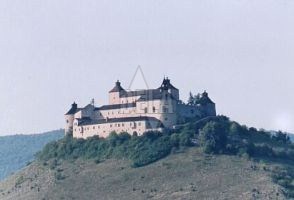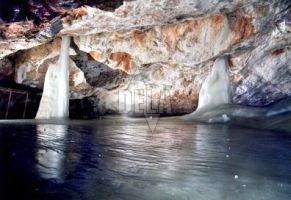|
Tourist destinations | Towns and villages | Maps | Map | Hikes to the surroundings Slovak caves | Webcameras | Accommodation and Services |



|
Tourist destinations | Towns and villages | Maps | Map | Hikes to the surroundings Slovak caves | Webcameras | Accommodation and Services |

 The spring of the Hron river in the north, spurs of the Cerova uplands in the south, Soroška in the east and oždianske serpentines in the west - these spots could be considered the bordering points of the Gemer region. Together with the district of Malohonty it is one of the oldest and most important cultural regions in Slovakia.
The spring of the Hron river in the north, spurs of the Cerova uplands in the south, Soroška in the east and oždianske serpentines in the west - these spots could be considered the bordering points of the Gemer region. Together with the district of Malohonty it is one of the oldest and most important cultural regions in Slovakia.
 There have never been larger cities in the region, only small towns founded on the place of ancient miners’ settlements with small market squares, lively trade and education. Latin elementary schools and grammar-schools in
Rožňava, Revúca,
Dobšiná, Jelšava,
Štítnik, Kameňany, Gemer,
Rimavská Sobota, Ožďany and Hrachov educated tens of outstanding personalities of European science, art and culture.
There have never been larger cities in the region, only small towns founded on the place of ancient miners’ settlements with small market squares, lively trade and education. Latin elementary schools and grammar-schools in
Rožňava, Revúca,
Dobšiná, Jelšava,
Štítnik, Kameňany, Gemer,
Rimavská Sobota, Ožďany and Hrachov educated tens of outstanding personalities of European science, art and culture.



|
I cordially invite you to visit this beautiful part of Slovakia. Welcome. Rudolf Kukura |
|